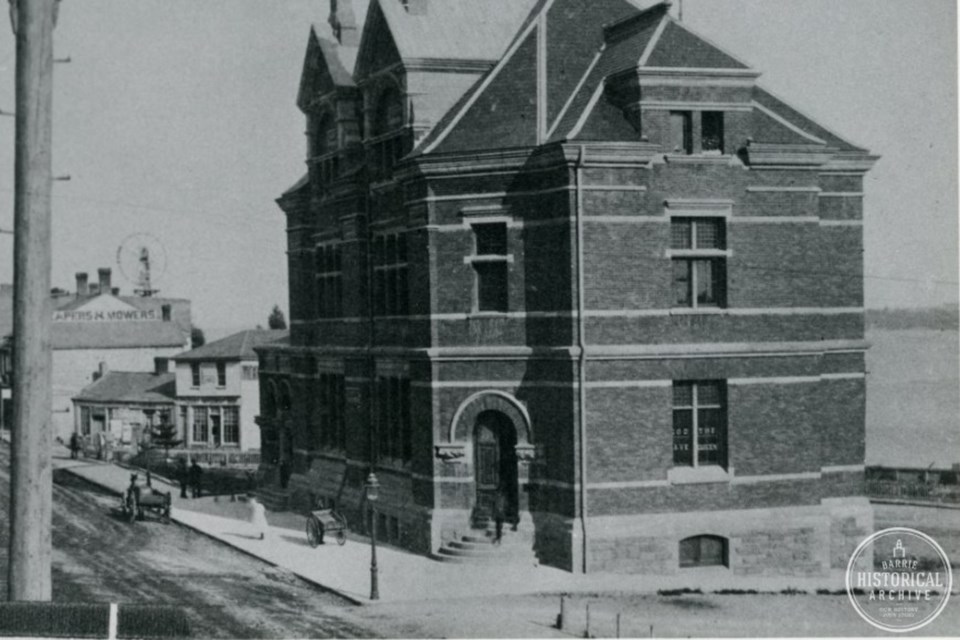Editor's note: The following is the third installment in a series. To read Part 2, click here.
To a rain-soaked soldier in a muddy trench far from home, what could be better than a cheerful letter from a loved one back home?
When Great Britain became involved in the Boer War, a system of mail delivery to the frontline fighting men was developed. If it kept up morale, it could only be a good thing.
Canada had been in on the game early. A military post office was established in Swift Current, Sask., during the Riel Rebellion in 1885.
So, when the Great War began in 1914, soldiers expected to be able to keep in touch with their families by mail, and the British government immediately got to work to make that happen.
At the height of the war, all mail bound for the frontlines in France and Belgium was being sorted in a sprawling warehouse that covered a five-acre property in London. It employed over two thousand workers and was known, at the time, as the largest wooden structure in the world.
Some 12 million letters arrived on battlefields weekly. These had been stuffed into the 19,000 mailbags that left English ports headed to Calais, Le Havre, and Boulogne every day.
A British soldier fighting in France could receive a letter from his sweetheart in England within a day. For a Canadian soldier, up to three weeks could be added to that delivery time.
From the dock at a French port, the mail was carried by overnight trains. It was transported to the frontlines, where it was passed to battalion postmen, who were the corporals responsible for mail delivery to their comrades. Many of these were postal employees in civilian life.
Postal orderlies were the soldiers who loaded up wheelbarrows or carts and went out into the fields and trenches to hand deliver the mail.
Letters were generally handed out during the evening meal, and it was well known that any letter that arrived would be opened and read before any food was consumed, no matter how hungry the soldier was.
What families at home wrote to the soldiers is mostly unknown, but the letters from the front were often printed by local newspapers, thus preserving their contents so we can read them today.
“Received your letter O.K., also cigarettes which I am very pleased to receive. Herb, you asked me to tell you some of my experiences in France. I will tell you mine in the Somme.”
This letter, originally sent to Herbert Ditchburn of Gravenhurst, Ontario, was written by Pte. Charles A. Firman of Allandale, his brother-in-law, and published by the Barrie Examiner on Jan. 25, 1917.
“I only did two trips to the trenches there. The first one we did not attack because we relieved the second Bn., which took Mouquet Farm. I did not see any farm; there was no sign of it, only shell holes.”
Normally, military censors would likely cut out any reference to actual locations where the combat had occurred or was about to occur, lest the enemy learns anything strategic. However, Pte. Firman was lying in a bed in an English military hospital at the time of writing and not likely to be soldiering again in the near future.
“It was a Monday night, and we got orders that we were to advance on Sept. 26 that was the next morning. When morning came, we were shown where our front extended, and at 12:35, we were to advance. It was about a mile to go. I had breakfast of bully beef and hard tack, and at about 12 o’clock, they dished out some rum.”
The afternoon ended with Pte. Firman finding himself in a dressing station wearing only his kilt, puttees, and boots. An exploding shell had spared his life but permanently disabled one of his arms.
“Give my love to the kiddies, and thank you very much for the cigarettes. The doctor says I will make Canada. That is luck!”
Pte. Firman was already on track to be repatriated to Canada when his father, Ezekial Firman, a locomotive engineer, was killed a train wreck. The wounded soldier was sent home earlier than planned on compassionate grounds.
Each week, the Barrie Historical Archive provides BarrieToday readers with a glimpse of the city’s past. This unique column features photos and stories from years gone by and is sure to appeal to the historian in each of us.


